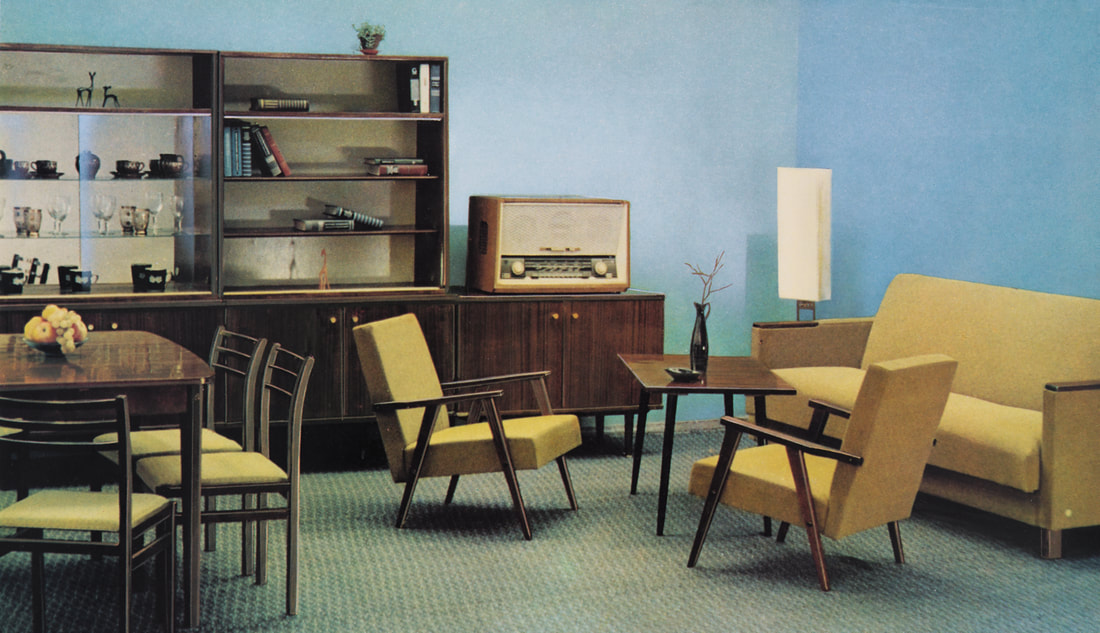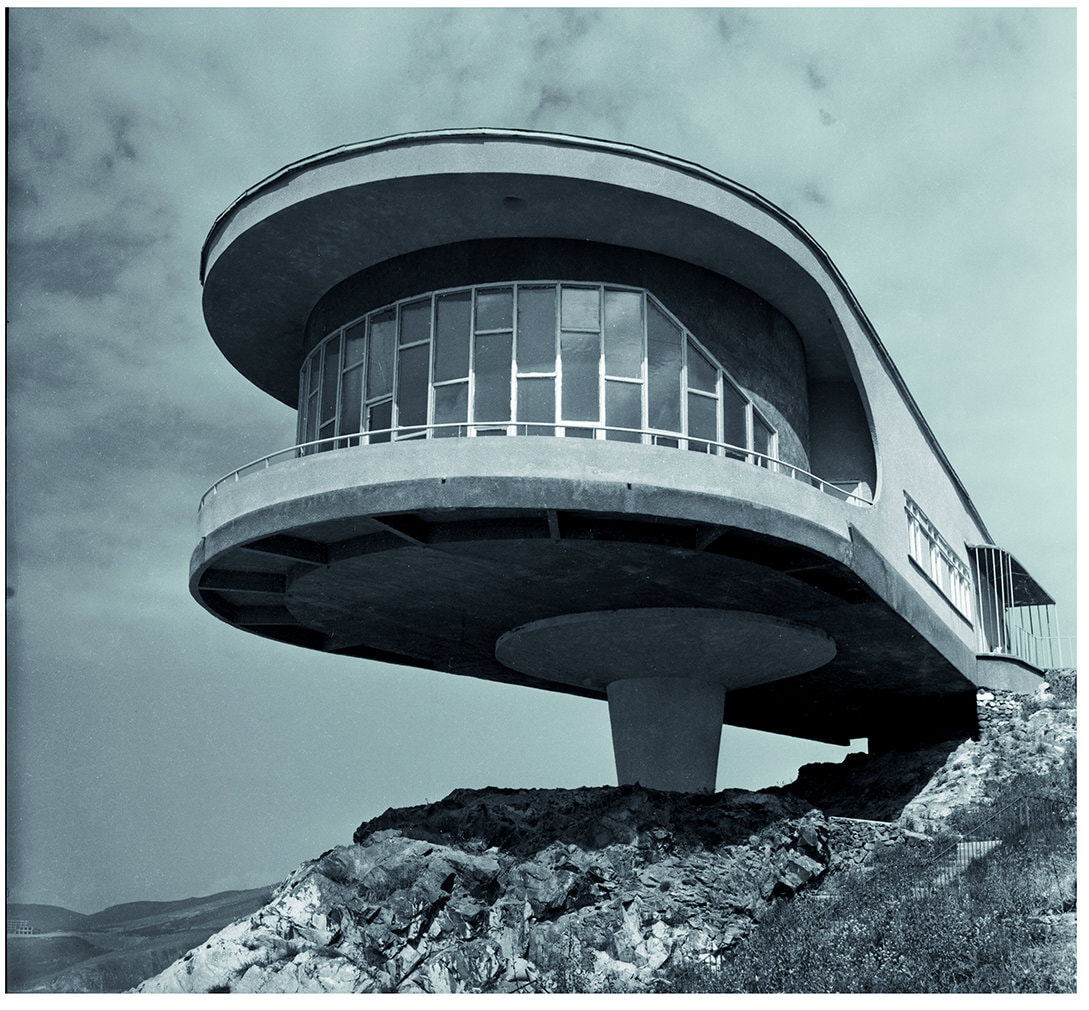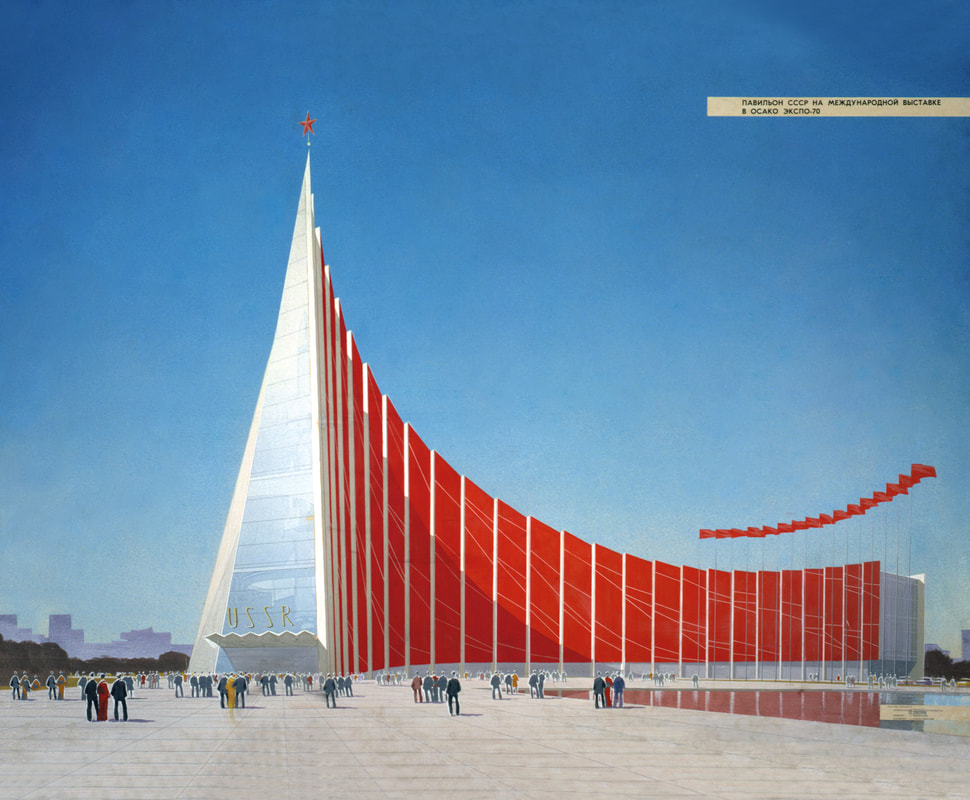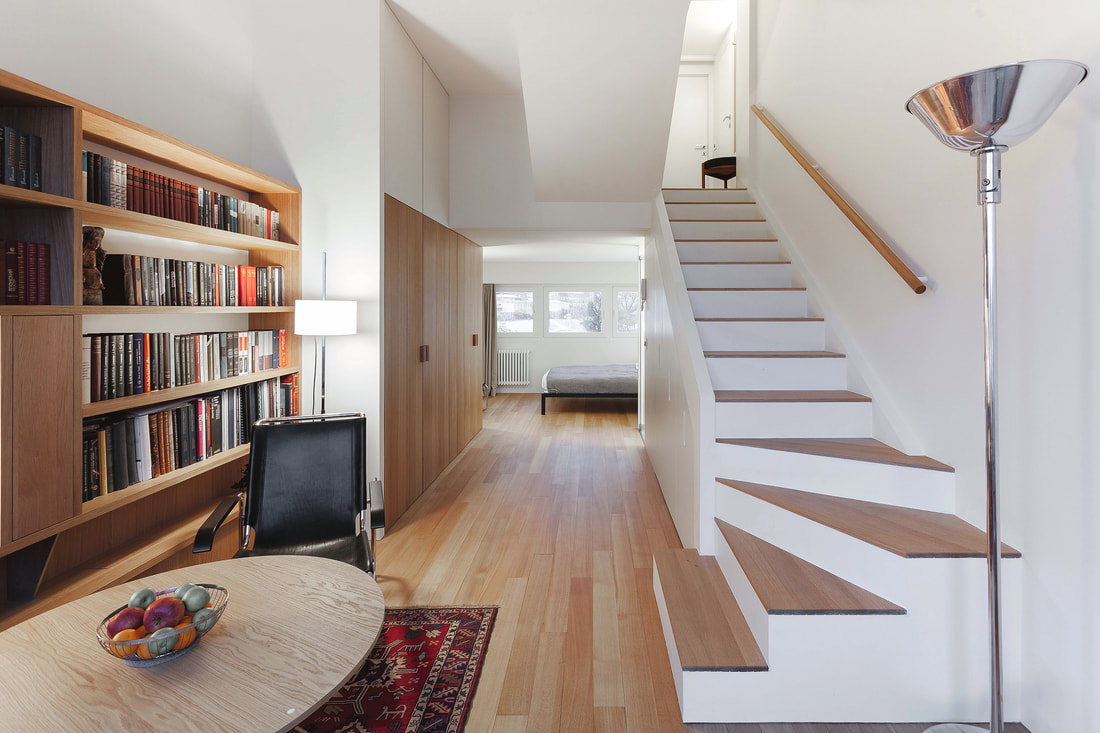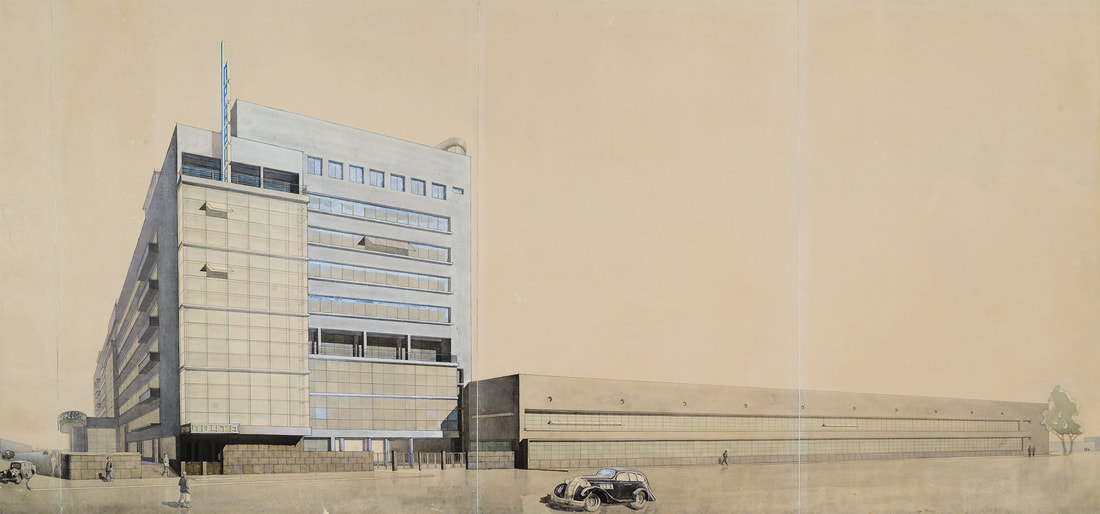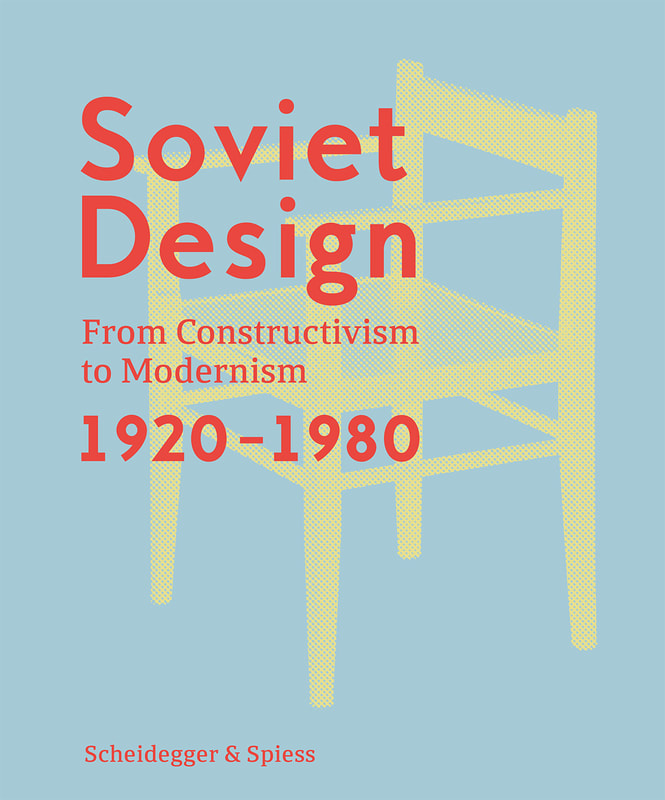Intrigued by the secrets of Soviet-era architecture and design, forged behind the iron curtain when the USSR blocked itself from contact with the West, I was thrilled to get a copy of the new comprehensive study ‘Soviet Design: From Consturctivism to Modernism, 1920-1980,’ published by Scheidegger & Spiess. This hard copy volume illuminates previously neglected and important territories related to the story of modern design.
A major survey of the design production during the seven-decade Soviet Union is the result of an extensive archival research by Kristina Krasnyanskaya and Alexander Semenov, both experts in the field, working with the Moscow’s Shchusev State Museum of Architecture and with the Saint-Petersburg Stieglitz Stage Academy of Art and Design respectively. They relied on previously unpublished material, and have brought to life the work of key designers, architects, and manufacturers, active behind the Iron Curtain.
I enjoyed both the text and illustrations and discovered a fascinating territory. We can learn that the Soviets established Sharashka, a system of technical design bureaus where designers were assigned to work on state projects within a penal system, though they were not called ‘designers,’ word perceived as synonymous with Capitalist systems. Personally, I have to admit that after reading the entire scope of Soviet design, I still prefer the legacy of the familiar names, those pioneers who created the brilliant Russian avant-garde: Tatlin, Malevich, El Lissitzky, Rodchenko, and Melnikov. Their experiments with Rationalism, Suprematism, and Constructivism mark one of the most fascinating moments in design history. I found the aesthetics of the later period, the so-called ‘Stalinist Empire Style,’ and the postwar era with its multi-unit housing developments monotonous, unoriginal, lacking the vision of the previous years. During the 70s and 80s Soviet designers explored with postmodernism, demonstrating close ties and influence by the design culture of the West.
A major survey of the design production during the seven-decade Soviet Union is the result of an extensive archival research by Kristina Krasnyanskaya and Alexander Semenov, both experts in the field, working with the Moscow’s Shchusev State Museum of Architecture and with the Saint-Petersburg Stieglitz Stage Academy of Art and Design respectively. They relied on previously unpublished material, and have brought to life the work of key designers, architects, and manufacturers, active behind the Iron Curtain.
I enjoyed both the text and illustrations and discovered a fascinating territory. We can learn that the Soviets established Sharashka, a system of technical design bureaus where designers were assigned to work on state projects within a penal system, though they were not called ‘designers,’ word perceived as synonymous with Capitalist systems. Personally, I have to admit that after reading the entire scope of Soviet design, I still prefer the legacy of the familiar names, those pioneers who created the brilliant Russian avant-garde: Tatlin, Malevich, El Lissitzky, Rodchenko, and Melnikov. Their experiments with Rationalism, Suprematism, and Constructivism mark one of the most fascinating moments in design history. I found the aesthetics of the later period, the so-called ‘Stalinist Empire Style,’ and the postwar era with its multi-unit housing developments monotonous, unoriginal, lacking the vision of the previous years. During the 70s and 80s Soviet designers explored with postmodernism, demonstrating close ties and influence by the design culture of the West.
This book is a mandatory addition to any library of design and architecture, and highly recommended. Above: Examples of interior design showcased at the All-Union Competition for the Best Model Furniture for Residential and Public Buildings. Credit: © All-Union exhibition catalog, 1972.

